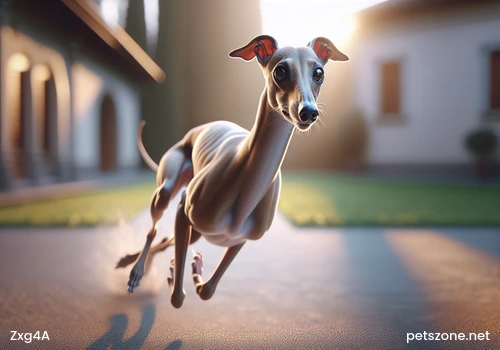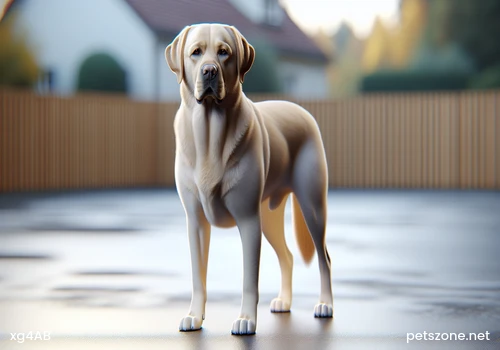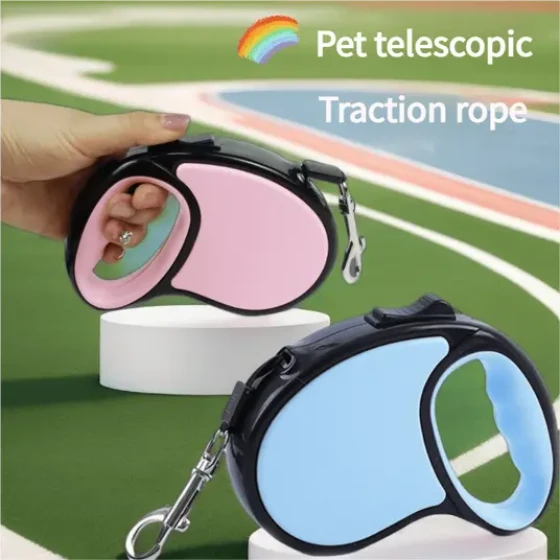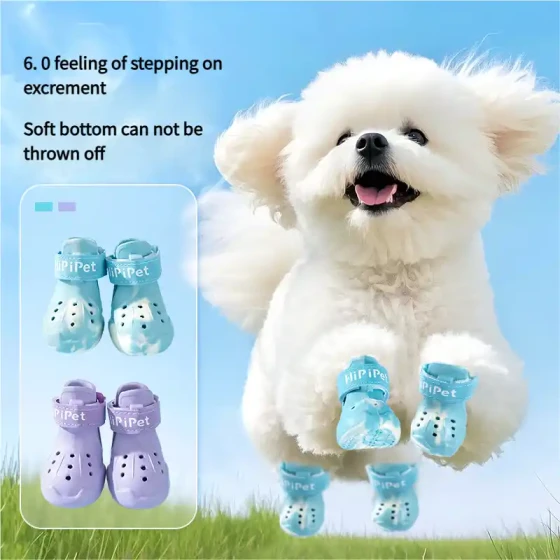About the Matters of Shaving Dogs' Hair

Many pet friends seem to feel that dogs, like people, need to shed clothes in summer and put on clothes in winter. So when the blazing sun arrives in summer, pet owners often take their dogs to pet shops for haircuts or shaving. Although the initial intention of shaving dogs is good, because dogs have different physiological structures from humans, shaving must be done carefully! So under what circumstances can dogs be shaved? When is it inappropriate to shave them?
1. Situations where dogs need to be shaved
1. The dog has a severe skin disease;
2. The dog's hair is severely matted and cannot be combed, which may cause skin disease;
3. Puppy hair, especially for Poodles and Bichon Frises, must be shaved mainly for future styling purposes;
4. Dogs that are really afraid of heat; if your pet is panting all day even when the temperature isn’t high yet, you need to pay attention;
5. Dogs with severe shedding and frequent licking; shaving off the hair can reduce hairball problems.
2. Situations where shaving is not recommended
1. In northern cities where summer temperatures are not high; shaving should be a last resort. If the dog does not feel hot, never shave its hair just for fun.
2. If your home does not have wooden floors or carpets but tiles or marble, shaving dogs in such environments can easily cause colds.
3. Dogs with overly sensitive personalities and strong pride, especially unneutered male dogs without KC registration. Their hair is a symbol of masculinity, and shaving hurts their pride.
4. If there are more than two dogs at home and they have fights among each other, hair acts as protection for their skin. If the dogs do not get along well and fight, avoid shaving to prevent injuries.
5. Dogs that often go outside; for such dogs, shaving is not appropriate to avoid injuries outside.

3. Disadvantages of shaving dogs
1. Shaving can damage the dog’s hair follicles, affecting future hair growth.
2. It hurts the dog’s pride. Dogs have their own aesthetics. Although they may seem silly, many dogs feel unhappy, stop eating, or hide after shaving. They feel sad and think they look ugly.
3. Hair not only provides aesthetic value but also protects dogs' skin from external harm, such as blocking ultraviolet rays, sunlight, resisting dampness and cold wind. Also, on very hot days, the dog's coat can have a cooling effect. After sun exposure, the temperature inside the hair and skin is lower than outside, so shaving does not help with heat dissipation. Instead, it lets hot air and sunlight directly touch the skin, causing greater harm.
4. Post-shaving precautions
1. Never mock a dog after shaving. This is very important. Shaving usually makes dogs look funny, but you must never laugh at them. Dogs can understand the meaning of your laughter, so even unintentional jokes are not allowed. If you can't help laughing, please laugh outside.
2. In the days after shaving, hold and hug the shaved dog more often. If you have multiple dogs and only one was shaved, pay extra attention to comfort and praise the shaved dog.
3. Do not invite dog friends to see the newly shaved dog. Some owners think shaved dogs look cute and want to show them off, but this may unintentionally hurt the dog's pride.
4. Lay thin towels on floors or usual sleeping places because shaved dogs may be uncomfortable sleeping directly on the floor.
5. Maintain home hygiene and disinfection. Without the protection of hair, dogs’ skin is more susceptible to infections, so keep the home very clean.
Editor’s tip: If you shave dogs in winter or during unstable weather, remember to dress them in clothes after shaving to prevent catching cold. Also, if shaving is necessary without special reasons, do not shave completely—leave about one centimeter because clippers can easily injure the dog's skin.
-560x560.webp)


